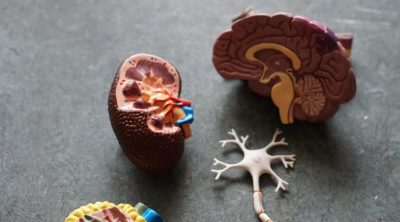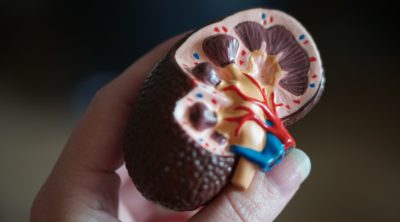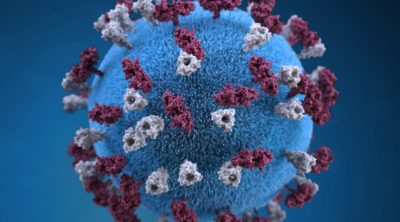
Substantia nigra, located in the midbrain, is primarily involved in controlling muscle movement. Dopamine synthesized in this part of the brain helps control motor function. Read this post to know more about this small region of the brain.
Did You Know?
According to the National Parkinson Foundation, around 60 to 80% of dopamine-producing cells (that are situated in the substantia nigra) are lost before the first signs of Parkinson’s begin to appear.
Substantia nigra is a cresent-shaped cell mass that sits in the midbrain―the smallest part of the brain that regulates the auditory, visual, and the motor function of a person. Substantia nigra is a darkly pigmented area, hence the name, which essentially means ‘black substance’ in Latin. In comparison to the adjacent areas of the brain tissue, the substantia nigra looks pretty darker, which has been attributed to the presence of excessive melanin.
Substantia nigra is a part of the basal ganglia, which is essentially a collection of 4 nuclear structures that lie in the central region of the brain. The substantia nigra that is found to be larger in size than the other three nuclei, lies dorsal to the cerebral peduncles. It is observed that the human brain contains 2 substantiae nigrae, located on each side of the midline. The substantia nigra is further divided into two regions; namely, the pars reticulata and pars compacta.
Function
Neurons that are located in this darkly pigmented substantia nigra are involved in the production of dopamine, a neurotransmitter that performs the following functions.
Controls Voluntary Movement
Dopamine, a chemical messenger, is involved in transmitting electrical signals between the neurons in the brain, that helps in coordinating muscle movement. To be more specific, dopamine relays signals from substantia nigra to other portions of the brain to regulate movement. The signals relayed by the dopamine ensure that the muscles work smoothly. These electrical signals travel from one neuron to another until they reach the intended muscles. It is due to this dopamine that you can execute wide range of muscle activity from buttoning shirts or tying shoe laces. Neurons in the par compacta are particularly involved in motor function. So, with dopamine releasing from the substantia nigra, one can say that this part of the brain controls the movement of the body.

Degeneration of substantia nigra has been associated with Parkinson’s disease. This slowly progressive disorder causes loss of muscle control, which leads to tremors, stiffness, and slow movement. In this condition, the nerve cells in the substantia nigra break down, which leads to sharp drop in dopamine levels. This acute shortage of dopamine is responsible for causing loss of motor skills. So, patients face difficulty in moving and maintaining balance.
Controls the Brain Reward System
Dopamine released by the substantia nigra plays a key role in monitoring the reward and pleasure centers of the brain. For instance, when you do something satisfying, dopamine ensures that your brain remembers this good experience, making you crave for what was done to get that reward (pleasure) again. For instance, having a drink, a stimulant drug such as cocaine, or simply eating a sweet dish often stimulates the reward center of our brain due to release of dopamine. The dopamine tells that something good has been done and longs for that satisfaction again. When you eat your favorite dish, your brain links it with dopamine rewards. This will get you wanting more of that food to feel that dopamine boost.
Particularly in case of drugs, you will find yourself wanting more of that rewarding activity, which often leads to addiction. Increase in dopamine release has also been associated with monetary rewards. That is why, we often feel happy after receiving our monthly paycheck. This sets the cycle for reward driven behavior in which we motivate ourselves to work harder to seek monetary gains.
Regulates Sleep-Wake Cycle
It is believed that pars compacta region of substantia nigra has been associated with maintaining the 24 hour daily sleep pattern that comprises around 8 hours of sleep at night and 16 hours of wakeful periods during the day.
Proper working of pars compacta is also essential in spatial learning, the ability to understand new things by observing the surrounding environment. On the other hand, pars reticulata part of substantia nigra is important in saccadic eye movement, which refers to rapid movement of the eye from one fixation point to another.


